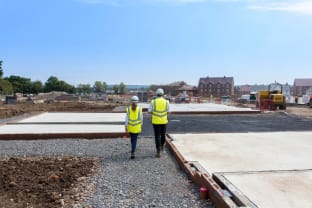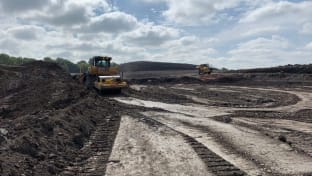Insights and media
New house building news and related articles.

Latest news

Company
NHBC celebrates 90 years of raising standards in house building

Land Quality
Land Quality Service Leads Discussion at Brownfield Summit 2025

Training and qualifications
“Skill, baby, skill”: NHBC welcomes 50,000 new apprenticeships but stresses the supply of skilled workers will decide UK housing future

Training
Northstowe Training Hub Approved
Latest insights

Building and design
Brownfield vs greenfield vs grey belt: how development risks differ

Build to Rent
Unlocking brownfield sites for mixed tenure development

Sectors
NHBC’s third annual BTR Innovators event looks to the future of the sector

Training
The Construction CITB Levy explained: what employers need to know
Latest case studies

Employee
Aine O'Brien - a day in the life of a Building Consultant

Construction Quality
LJ Construction Carpentry Contractors Quality Assurance Review case study

Construction Quality
Lioncourt Homes Quality Assurance Review case study

Pride in the Job


